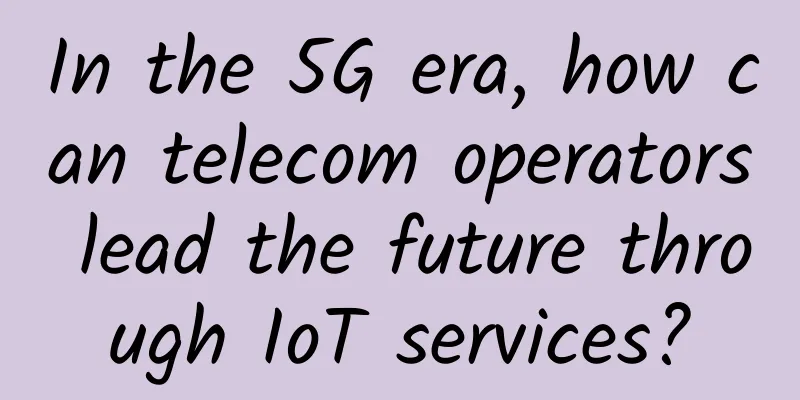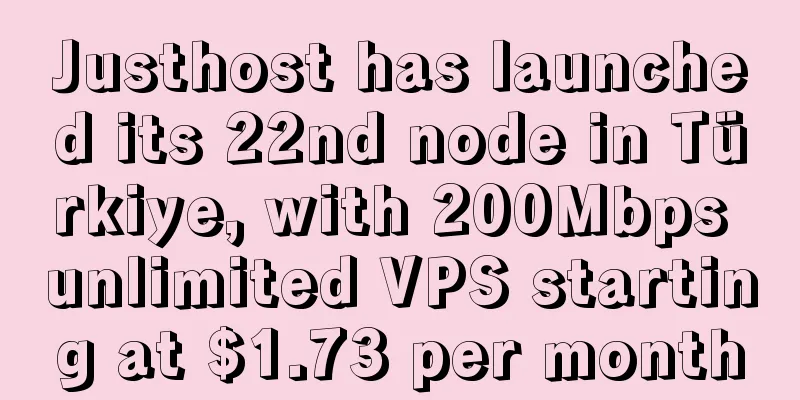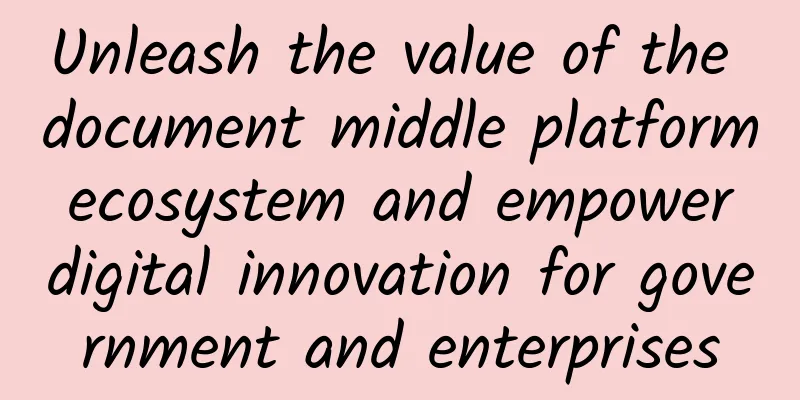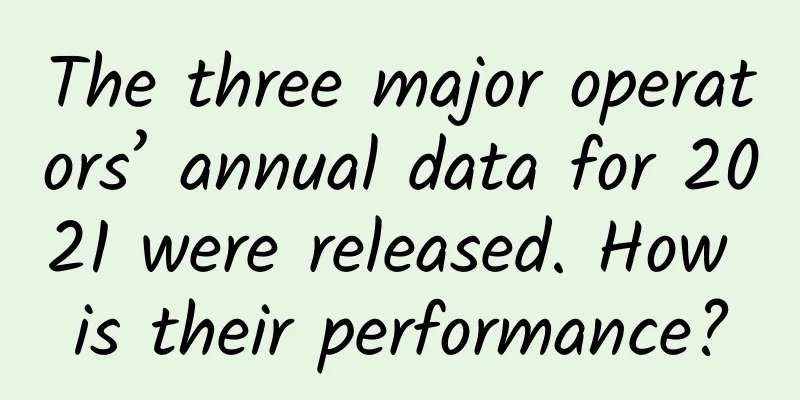In the 5G era, how can telecom operators lead the future through IoT services?

|
Major global telecom operators have been exploring business development and construction initiatives, despite this, the total shareholder return of these telecom operators has only increased by 28% over the past seven years. The B2B sector offers a plethora of business growth opportunities for forward-thinking telecom operators, but market differentiation is the fundamental success factor. Because of this, IoT technology has become one of the main technologies adopted by telecom operators in the hope of standing out from the market competition and improving their business models. The Internet of Things has the potential to deliver new operational advantages to organizations across industries by building networks with advanced analytics, automation capabilities and real-time insights. However, many businesses investing in IoT technology struggle to realize its promised benefits, with connectivity being one of the main barriers to realizing this potential. Industries across the board need to adopt IoT solutions quickly and easily. As 2023 approaches, many telecom operators have already adopted 5G technology, which will put them in a leading position in the coming year with the opportunity to provide market-ready mobile and cellular IoT solutions. It’s time for telecom operators to invest in the Internet of Things IoT technologies offer telecom operators the opportunity to shape a new service provider role that will help increase revenue margins and reduce customer churn. This is consistent with customer demand to cut operating costs and capital expenditures. From smart hospitals and smart factories to fleet management and autonomous vehicles, B2B use cases require lower network latency, high bandwidth and high reliability when roaming or moving in real time. Telecom operators have the opportunity to provide solutions that enable these use cases and help customers quickly realize the value of IoT. Strong mobile network coverage is essential for the future adoption of IoT, and telcos are ready for it. Telcos can elevate themselves from selling “pipelines” to selling tangible “business outcomes” through core connectivity services at scale. In this way, telcos have a strategic way to drive market commoditization. For example, research firms expect the IoT market in Australia and New Zealand to reach $24 billion by 2026. And those vendors who can help enterprises achieve their digital transformation goals and provide that all-important network connectivity will be able to demonstrate the true value of their services. The market currently lacks an all-around market leader in the delivery of IoT services. The market is so fragmented that analysts predict that this will bring huge uncertainty. As Analysys Mason analysts Michele Mackenzie and Tom Rebbeck highlight: "Enterprises that want to add connectivity to their devices will have a hard time choosing one technology. Qualcomm and others offer modules for both NB-IoT and LTE-M connectivity, but this adds complexity and cost, which is exactly what the telecom industry wants to avoid with IoT solutions." Telecom operators that act now to seize the IoT market will benefit from first-mover advantage. With China’s three major operators, Verizon, Telefonica, Claro Brasil and NTT Docomo already making progress in this direction, the race to solve the existing challenges of the IoT supply chain has begun. The key is to simplify the delivery of IoT The Internet of Things (IoT) promises to revolutionize the way people live, work, and play. The technology is based on a network of physical objects that are constantly connected to the internet to send real-time updates back and forth, creating rich data streams from edge devices to central servers. The ability to deliver a seamless digital self-service experience to B2B customers relies on a strong supply chain, which is a core opportunity. IoT service delivery consists of multiple interconnected layers that need to be unbundled if supply chain issues are to be addressed: Connectivity: The IoT relies on high-speed, low-latency, and reliable internet. Ideally, this coverage should adapt seamlessly to the many use cases underway. Large-scale deployment requires secure, dedicated 5G networks. Devices: There is an endless stream of IoT device manufacturers, which creates the complexity of multi-vendor, non-integrated IoT solutions in the supply chain. Each vendor’s logistics, inventory, verification, contract management, and support need to be evaluated. In addition, device manufacturers use different products and standards, making software compatibility difficult to ensure. Applications: Similar to device hardware, IoT software applications are being manufactured by a large number of IoT devices. This market fragmentation creates multiple risk areas when it comes to interoperability, device compatibility, and versioning without clear standards. Privacy is also a key issue, which is highlighted by new EU legislation designed to combat cyberattacks and impose huge fines on developers who do not comply. Business: Telecom operators will struggle to realize the full sales potential of any product or service if customers expect to purchase a simple business subscription for an IoT solution. Due to a fragmented supply chain, telecom operators are faced with manually integrating IoT suppliers into their Operational Support Systems (OSS) and Business Support Systems (BSS), which can take months and cost hundreds of thousands of pounds per supplier. This makes the task of building an IoT product catalog that delivers value and optionality to customers an astronomical task. While addressing these challenges will not happen overnight, solutions can be found through the power of a partner ecosystem. It is also important to work with partners to provide services Telecom operators have an advantage in the IoT future. With stable 5G connectivity, telecom operators address the key market challenges facing all channel operators eager to harness the potential of IoT. But accelerating IoT adoption in the B2B market doesn’t need to be a solitary process, nor should it be. Trying to solve every challenge on your own will not only increase the size of the project, but also waste critical time to market. Combined with these factors, telecom operators will lose the advantage that industry leaders have. Instead, telecom operators can work with other channel players to solve supply chain problems from end to end. Already established distributors will have logistics, inventory and contracts covering numerous suppliers and vendors, which means new products and services can be added quickly. Some distributors may even have their own IoT divisions and have experience building technology stacks for a variety of use cases while ensuring interoperability. Finally, telecom operators can commit to working with supply chain platform partners, especially those with a large number of pre-integrated suppliers. Together, they can ensure that the right IoT solution reaches customers easily, minimizing the workload associated with product fulfillment. The right supply chain platform partner will be able to automate complex subscription and billing workflows and even provide a digital self-service experience that allows customers to choose their IoT solution as needed. These collaborative ecosystems provide easy access to hardware and software vendors while offering powerful on-demand digital delivery experiences that telecom operators only need to bundle and sell. |
<<: From 0G to 5G: How we got here and where we are going
>>: How to unify heterogeneous networks within a home? 6LoWPAN is a good choice
Recommend
80VPS: Hong Kong CN2 server monthly payment of 600 yuan, E5-26**V2/16GB/1TB or 600G*2/20M bandwidth, optional CN2 high defense
80VPS is a long-established Chinese hosting compa...
Tencent Cloud Procurement Season: Standard cloud server annual payment starts from 95 yuan, lightweight cloud server 1C2G5M=288 yuan/3 years
Here is an update on Tencent Cloud's flash sa...
DiyVM: 69 yuan/month XEN-dual core/2G memory/50G hard disk/5M unlimited traffic/Osaka, Japan data center
DiyVM is a Chinese hosting company founded in 200...
HostYun Unicom AS4837 line KVM is available with 15% discount and monthly payment starts from 17 yuan
Earlier this month, we shared the news that HostY...
Dell'Oro's view: The next step in 5G technology development is to demand capacity from the 6 GHz band
In a recent blog post, Stefan Pongratz, vice pres...
IPv6 basics, learn in one minute
1. Introduction to IPv6 1. IPv6 was previously kn...
In the 5G era, how can telecom operators lead the future through IoT services?
Major global telecom operators have been explorin...
Types of Cabling in a Structured Cabling Environment
If you are considering a structured cabling envir...
China Mobile Selects Brocade NFV Software Appliance to Support "Internet+" Mission
Mobile giant will break new ground in China's...
To prevent 5G from the barrel effect, both Sub-6GHz and millimeter wave are indispensable
The wooden barrel effect is a well-known truth. 5...
QQ account stolen in 22 years, friends help verify but appeal is invalid: the confusion behind Tencent's authentication system
Recently, user Mr. Wang revealed to a reporter fr...
How Industrial Private 5G Can Help Enable Sustainable and Agile Industrial Operations
For the past few decades, wireless communication ...
eSIM card, where is the future?
On March 29, 2019, China Unicom held a joint firs...
5G will make your 4G mobile phone obsolete. How can you become a "pig" in the 5G trend?
[[223756]] According to Gartner data, the total s...
HostKvm newly launched Russia/Hong Kong high-defense VPS, 50% off for Mid-Autumn Festival
HostKvm has launched new products, this time with...









